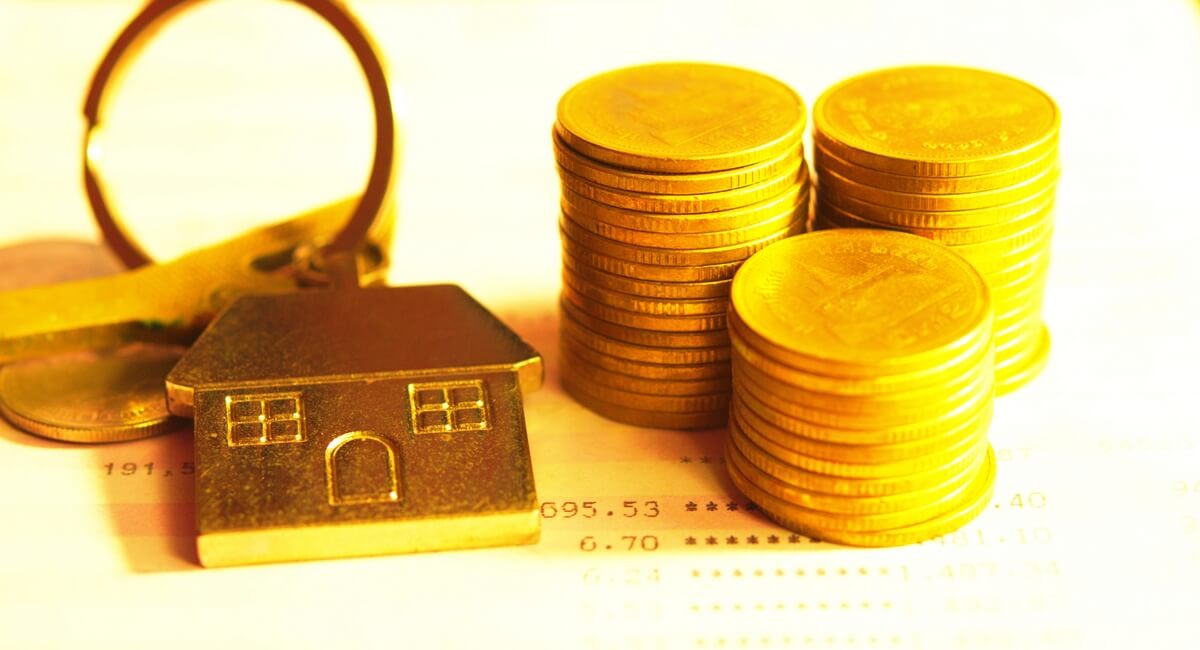The 1031 Exchange is one of the single greatest wealth building tools available to the real estate investor. Internal Revenue Code Section 1031 allows investors to defer the payment of capital gains taxes when selling an investment property and exchanging into another investment property. While there are a few different ways to complete a 1031 exchange, the most common type of exchanging, the delayed exchange, allows investors to sell a property (called the relinquished property) and thereafter acquire replacement property within 180 days. A Qualified Intermediary is used to help the investor adhere to the rules within the tax code that are required for structuring a proper exchange.
Four Simple Guidelines
- IRS rules state that the properties involved in an exchange must be “like-kind”. Any real property held for productive use in a trade or business or for investment can be considered “like-kind” property.
- The IRS provides a maximum of 180 days to complete an exchange and the timeline begins upon the close of escrow of the relinquished property. The new property (or properties) must be acquired on or before midnight of the 180th day, with no exceptions! Additionally, the IRS requires that all potential replacement properties be identified by midnight on day 45 of the exchange.
- Identification of the replacement property must be in writing and the description of the properties must be unambiguous. The IRS provides two rules for identifying replacement property:
- The 3 Property Rule, which allows for identification of any three properties, of any price, anywhere in the United States.
- The 200% Rule, which allows an investor to identify more than three properties. However, the combined value of all properties identified cannot exceed 200% of the property sold.
- To defer 100% of the capital gains tax liability, two requirements must be met. All cash generated from the sale of the relinquished property must be reinvested into the new property AND the new property must be equal or greater in value than the property sold.
Frequently Asked Questions
Q: How long do I have to own a property before I can exchange it?
A: The longer the better. There is no safe holding period for property to automatically qualify for an exchange. The property needs to be “held for investment” for it to be eligible for an exchange and time of ownership is only one factor the IRS looks at when determining if the property was “held for investment”. Some tax advisors recommend a minimum holding period of one year, if not two.
Q: Can I sell my duplex and purchase raw land?
A: Certainly. Properties involved in an exchange need to be held for either productive use in business or for investment. Holding land for future appreciation is considered held for investment. “Like king” can be any real property used for business or investment purposes within the U.S. but can not include personal property.
Q: Can I buy a replacement property first?
A: Yes. This requires completing a reverse exchange and the financial ability of the investor to purchase the replacement property before selling the relinquished property. A reverse exchange qualifies for safe harbor status so long as guidelines are followed.
Q: Can I move into a rental property that was originally purchased as part of a 1031 Exchange?
A: Yes, however keep in mind the IRS will look at your “intent” in determining if your exchange is valid. If the IRS feels your original intent when the property was initially acquired was to use it as a primary residence, you may have your exchange disqualified. Many tax advisors recommend renting a property for at least two years (which would show up on Schedule E of your tax returns) before using it for personal use.
Q: Do I have to reinvest ALL of my cash (equity)?
A: No. However any cash that is not reinvested in like-kind property will be taxable (also known as cash boot). The general rule of thumb if you don’t want to pay any taxes, is to reinvest all of your cash and purchase a property equal or greater in value than the relinquished property.
Q: How long do I have to complete my exchange?
A: 180 days. Keep in mind you will need to identify your potential replacement properties by day 45 of your exchange. Your timeline starts when you close escrow on the property you are selling.
Calculating Taxes
Almost all states require the payment of capital gain taxes, so when selling investment real estate, taxes will likely be paid at both the federal and state level. In the state of California, the sale of investment real estate will result in the following tax liabilities for many owners (though your specific scenario could be different, so it is best to check with your tax professional):
- 9.3% California state capital gains tax rate
- 15-20%% federal capital gains tax rate
- 25% depreciation recapture tax rate
- 3.8% Net Investment Income tax rate (taxpayer with net investment income in excess of $200,000 (filing single) or $250,000 (filing jointly
*Disclaimer – This information is for educational purposes only and shall not be construed as legal or tax advice. Consult with Your Tax Professional

